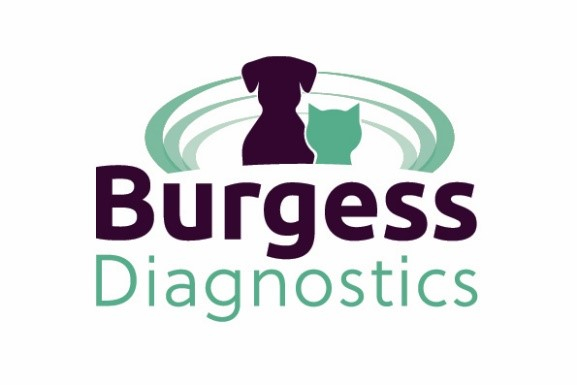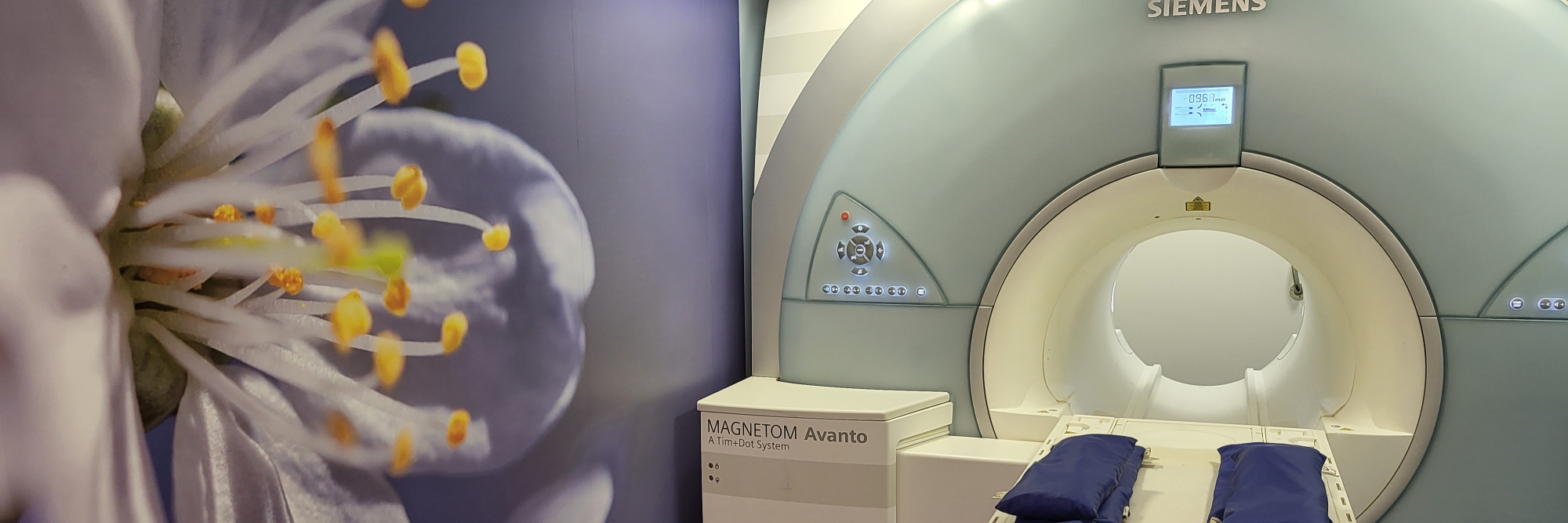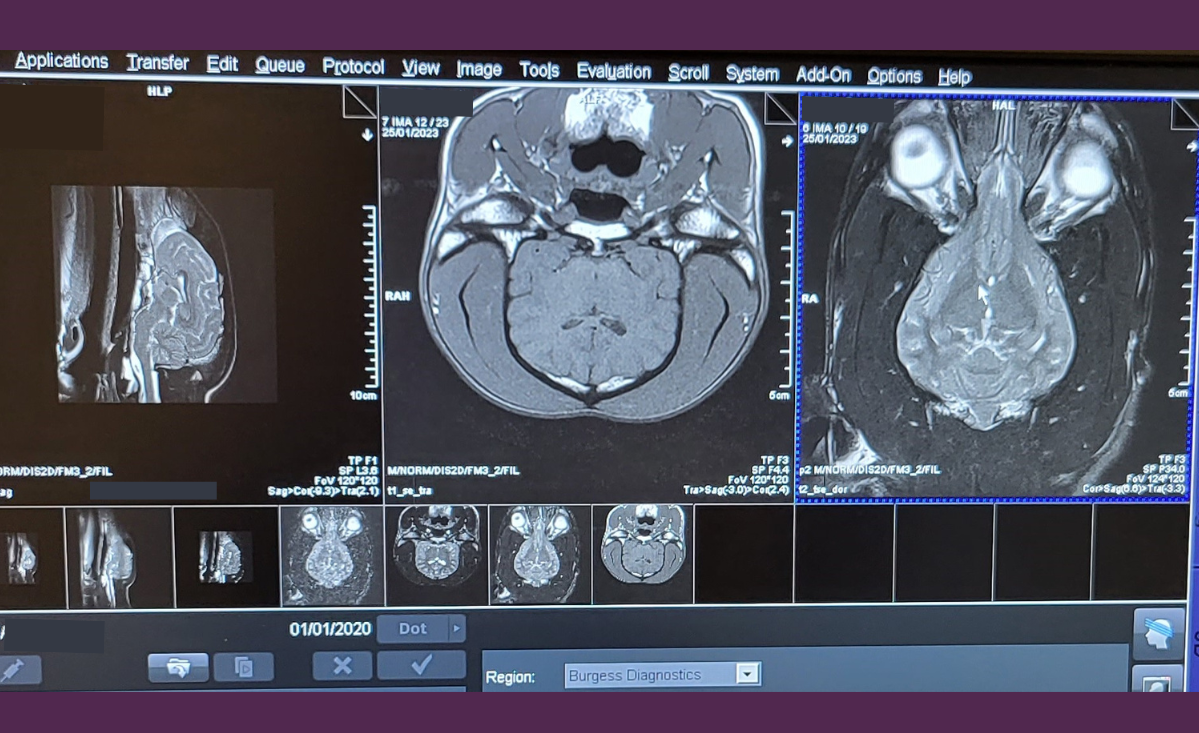NEW CT SERVICE LAUNCHES AT LANES VETS!
11 Mar 2025
The Burgess Diagnostics mobile CT service will now be visiting Lanes Vets in Garstang, to assist them with their cases. Read more

Magnetic Resonance Imaging
Magnetic Resonance Imaging (MRI) is based on the use of strong magnetic fields and radiofrequency pulses to generate cross-sectional images. Different combinations of these are used to create sequences of images with different contrast and many different sequences are available. This, combined with imaging in any plane (sagittal, dorsal, transverse, oblique) and without the associated ionising radiation (which is used in CT) makes MRI the optimum method of investigation in the majority of clinical cases. It is unparalleled in the investigation of soft tissues due to its superior contrast sensitivity and tissue discrimination.

For accurate diagnosis and lesion localisation, MRI is now the investigation of choice in all veterinary neurological, joint, and spinal disease processes. With multi-planar capabilities, various MRI sequences, and the latest contrast agents, tissue and disease characterisation will allow accurate identification, case treatment, and management.

For guidance on choosing the optimum imaging modality when considering specific anatomical regions please click here

11 Mar 2025
The Burgess Diagnostics mobile CT service will now be visiting Lanes Vets in Garstang, to assist them with their cases. Read more
10 Dec 2024
We are pleased to announce that the Burgess Diagnostics mobile MRI service made its first-ever visit to South East Vet Referrals, in Kent, today. Read more